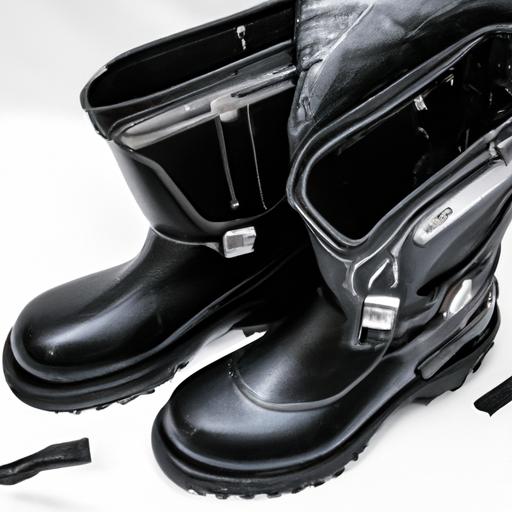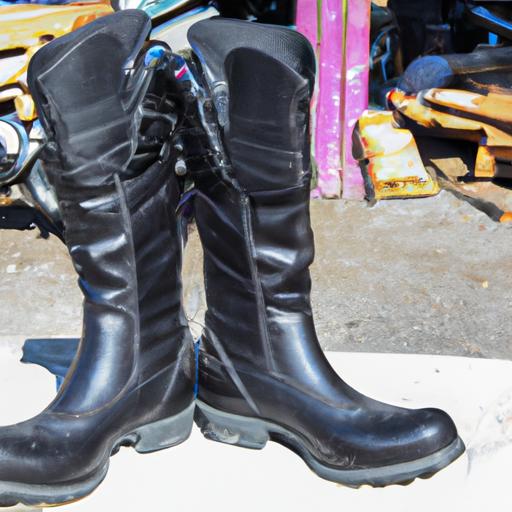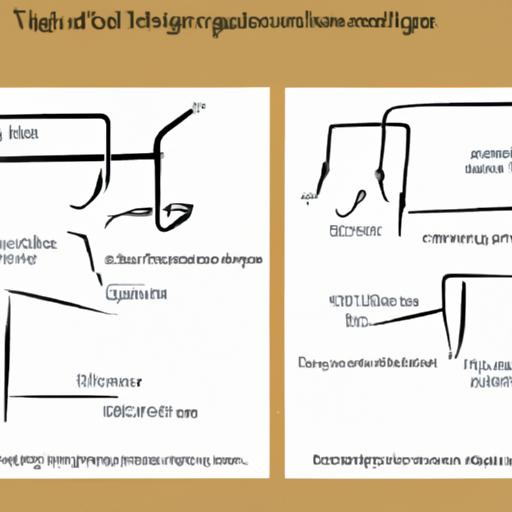MIG vs TIG Welding Aluminum: Choosing the Perfect Technique for Precision and Strength
Introduction
In the vast world of manufacturing and construction, welding plays a vital role in joining metals together with precision and strength. When it comes to welding aluminum, two popular techniques stand out: MIG (Metal Inert Gas) and TIG (Tungsten Inert Gas) welding. Today, we embark on a journey to explore the nuances of these techniques and help you make an informed choice between MIG and TIG welding aluminum.
Welding has become the backbone of various industries, including automotive, aerospace, and architectural sectors. It enables the creation of robust structures, facilitates repairs, and ensures the longevity of metal-based products. However, when it comes to working with aluminum, a lightweight and versatile metal, welding requires specific techniques tailored to its unique properties.
As we delve into the world of welding aluminum, our focus will be on understanding the differences between MIG and TIG welding. By comparing their advantages and disadvantages, we aim to equip you with the knowledge needed to choose the perfect technique for your aluminum welding projects. So, let’s dive in and explore the fascinating realm of MIG and TIG welding aluminum.
Have you ever wondered which welding technique is more suitable for aluminum? Do you crave the perfect balance of precision and strength? Join me as we unravel the mysteries of MIG and TIG welding aluminum and discover the technique that suits your needs.
Understanding MIG Welding Aluminum
What is MIG Welding?
MIG welding, also known as Gas Metal Arc Welding (GMAW), is a widely used welding technique that utilizes a consumable electrode and a shielding gas to create an electric arc between the electrode and the workpiece. This arc generates intense heat, melting the electrode and the base material, allowing them to fuse together seamlessly.
Suitability of MIG Welding for Aluminum
MIG welding is highly suitable for aluminum due to its ability to provide continuous and high-speed welding. Aluminum is known for its excellent heat conductivity and low melting point, making it prone to distortion and warping during the welding process. However, MIG welding’s rapid deposition rate and adjustable heat settings make it an ideal choice for aluminum projects, allowing for efficient welds with minimal distortion.
Advantages of MIG Welding Aluminum
- Ease of use: MIG welding is relatively easy to learn and operate, making it accessible to both beginners and experienced welders.
- High welding speed: MIG welding enables fast and efficient welding, making it ideal for large-scale aluminum projects.
- Increased productivity: With MIG welding, you can achieve long, continuous welds without the need for frequent electrode changes.
- Versatile applications: MIG welding is suitable for a wide range of aluminum thicknesses and can be used for various joint configurations, including fillet and butt joints.
Disadvantages of MIG Welding Aluminum
- Limited precision: MIG welding may not provide the same level of precision as TIG welding, especially when working with thinner aluminum materials.
- Higher risk of weld defects: Due to the rapid cooling rate of MIG welding, there is a higher chance of weld defects such as porosity and lack of fusion.
- Greater heat input: MIG welding generates more heat compared to TIG welding, which can increase the risk of heat-related issues such as distortion or burn-through.
Now that we have a solid understanding of MIG welding aluminum, let’s explore the intricacies of TIG welding aluminum in the next section. Which factors will ultimately influence your choice between these two techniques? Let’s find out!
Understanding TIG Welding Aluminum
What is TIG Welding?
TIG welding, also known as Gas Tungsten Arc Welding (GTAW), is a precise and versatile welding technique. It involves using a non-consumable tungsten electrode to create an electric arc that heats and melts the aluminum, while a separate filler rod is manually fed into the weld puddle. TIG welding provides exceptional control over the welding process, making it ideal for intricate and critical applications.
Suitability of TIG Welding for Aluminum
TIG welding is particularly well-suited for welding aluminum due to its ability to produce high-quality and aesthetically pleasing welds. Aluminum, being a highly conductive metal with low melting temperature, requires a welding technique that enables precise heat control. TIG welding excels in this aspect, allowing welders to adjust the heat input to prevent distortion or burn-through of the aluminum material.
Advantages of TIG Welding Aluminum
-
Precise and Aesthetically Pleasing Welds: TIG welding provides excellent control over the welding process, resulting in clean and visually appealing welds. This is especially important when working with aluminum in applications where appearance matters.
-
Versatility: TIG welding can be used on various thicknesses of aluminum, making it suitable for a wide range of projects. It enables welders to join thin aluminum sheets as well as thick aluminum plates with ease.
Disadvantages of TIG Welding Aluminum
-
Time-Consuming: TIG welding aluminum can be a slower process compared to other welding techniques. The need for precise control and the manual feeding of the filler rod can increase the overall welding time.
-
Skill and Experience Required: TIG welding aluminum demands a high level of skill and experience. The welder must have a steady hand, good eye-hand coordination, and a deep understanding of the welding process to achieve optimal results.
When it comes to TIG welding aluminum, precision is the name of the game. With its exceptional control and ability to produce aesthetically pleasing welds, TIG welding stands as a top choice for those seeking perfection in their aluminum welding projects. But let’s not forget that TIG welding also comes with its own set of considerations. Join me as we explore the advantages and disadvantages of TIG welding aluminum, and uncover the secrets to mastering this remarkable technique.




